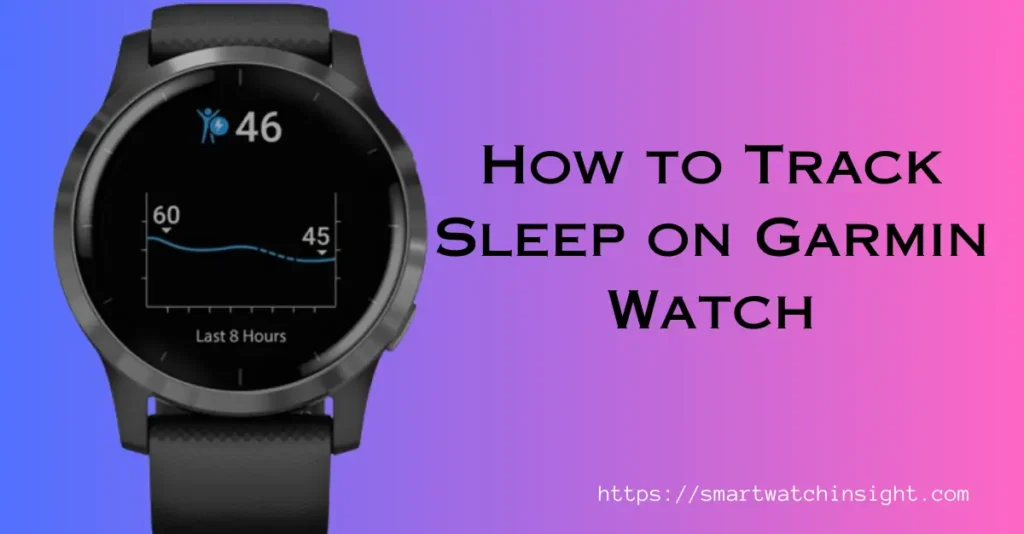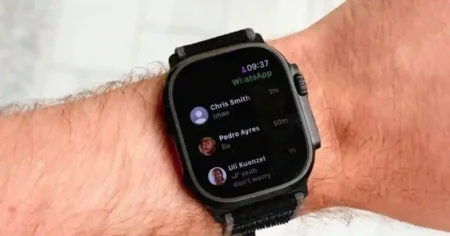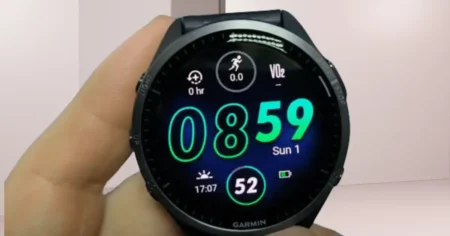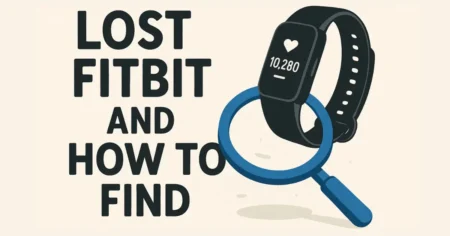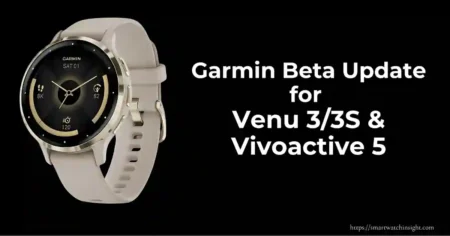Welcome to the ultimate guide on how to track your sleep using a Garmin watch!
In this comprehensive blog post, we will delve into the world of sleep tracking, discuss the importance of quality sleep, and explore the various features available on Garmin watches that can help you monitor your sleep patterns.
By the end of this post, you’ll have all the information you need to start tracking your sleep and improving your overall well-being with your Garmin watch.
Understanding the Importance of Quality Sleep
Sleep is a vital aspect of our daily lives, impacting our physical health, mental well-being, and overall productivity.
Yet, in today’s fast-paced world, many of us neglect the importance of getting sufficient, high-quality sleep.
According to the National Sleep Foundation, adults need between 7 to 9 hours of sleep each night to function optimally.
However, it’s not just about the quantity of sleep but also the quality. Our sleep is comprised of different stages, including light sleep, deep sleep, and REM sleep.
Each of these stages plays a crucial role in our physical restoration, memory consolidation, and emotional processing.
Tracking your sleep can provide insightful data about your sleep patterns, helping you identify areas for improvement and adjust your habits accordingly.
With a Garmin watch, you can effortlessly monitor your sleep and gain a better understanding of your unique sleep needs.
How Does Garmin Track Sleep?
Garmin uses a combination of sensors and algorithms to track sleep and provide sleep-related data to users.
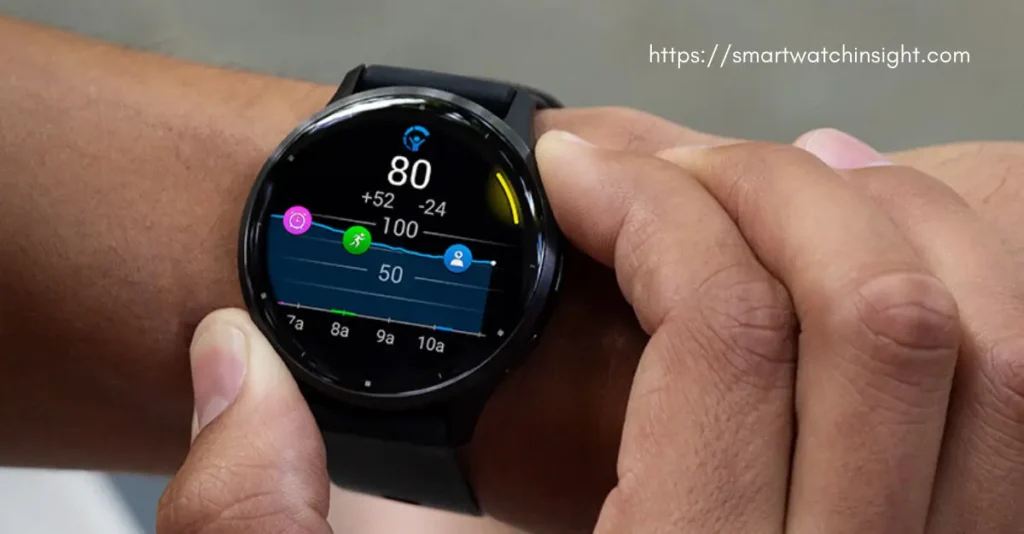
The specific methods may vary depending on the Garmin device model, but here are some common ways Garmin devices track sleep:
- Accelerometer: Most Garmin wearables are equipped with an accelerometer, which measures your movement and motion throughout the night. During sleep, your body goes through different sleep cycles, including periods of deep sleep and REM (rapid eye movement) sleep, as well as lighter stages of sleep. The accelerometer can detect your movements and use this data to estimate which sleep stage you’re in.
- Heart Rate Monitor: Many Garmin devices also have an optical heart rate monitor that continuously tracks your heart rate. Heart rate can be a useful indicator of sleep stages, as it tends to vary during different phases of sleep. For example, your heart rate tends to be lower during deep sleep and higher during REM sleep and wakefulness.
- Pulse Oximetry: Some Garmin devices include a pulse oximeter, which measures the oxygen saturation levels in your blood. This can provide additional insights into your sleep quality, as variations in blood oxygen levels can be associated with sleep disturbances like sleep apnea.
- Time-Based Tracking: Garmin devices use time-based tracking to estimate when you fall asleep and wake up. By combining data from the accelerometer, heart rate monitor, and pulse oximeter (if available), the device can determine when you transition between sleep stages and when you wake up in the morning.
- Sleep Algorithms: Garmin uses proprietary algorithms to analyze the data collected from these sensors and determine your sleep patterns. These algorithms take into account factors like movement, heart rate variability, and respiration rate to estimate your sleep stages and duration.
- User Input: Some Garmin devices also allow users to manually input their sleep times if they forgot to wear the device or want to record naps or periods of rest when they weren’t wearing the device.
Once Garmin has collected and analyzed this data, it typically presents it to users through its mobile app or online platform, giving you insights into your sleep duration, sleep stages, and overall sleep quality.
Users can use this information to make lifestyle adjustments to improve their sleep habits and overall well-being.
Keep in mind that while Garmin’s sleep tracking can provide valuable insights, it may not be as precise as more advanced sleep monitoring systems used in clinical settings.
How to Track Sleep on Garmin Watch Step-by-Step Guide
Garmin watches offer a range of features and tools to help you track and analyze your sleep. To begin tracking your sleep, follow these simple steps:
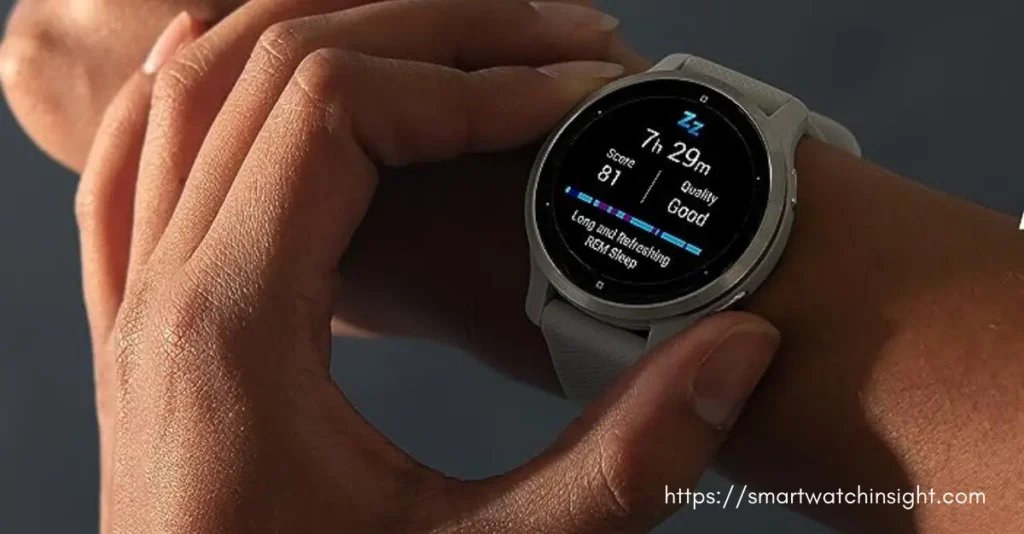
- Enable sleep tracking. On your watch, go to Settings > User Profile > My Profile > Sleep Tracking. Make sure that Automatic Sleep Detection is turned on.
- Wear Your Garmin Watch: Ensure that you wear your Garmin watch consistently while you sleep. The watch should be comfortable and snug enough to accurately track your heart rate and movement.
- Sync with Garmin Connect: Download the Garmin Connect app on your smartphone and create an account if you haven’t already. Connect your Garmin watch to the app via Bluetooth to sync your sleep data.
- Set Sleep Goals: In the Garmin Connect app, you can set personalized sleep goals based on the recommended sleep duration. This feature allows you to track your progress and motivate yourself to maintain healthier sleep habits.
- Go to bed and sleep. Your watch will automatically track your sleep and provide you with insights into your sleep quality.
Now that you’re all set up, let’s explore the different sleep metrics and features available on Garmin watches.
Sleep Metrics Tracked by Garmin Watches
Garmin watches offer an array of sleep metrics that provide valuable insights into your sleep patterns. Here are some key metrics to pay attention to:
Sleep Duration
The sleep duration metric refers to the total amount of time you spend asleep, including both the time spent in bed and any intervals of wakefulness during the night.
Keeping track of your sleep duration can help you ensure that you’re getting enough sleep to support your overall well-being.
Sleep Stages
Garmin watches are equipped with advanced sleep-tracking technology that can differentiate between different sleep stages.
This includes light sleep, deep sleep, and REM sleep. By understanding your sleep stages, you can identify patterns and make adjustments to your routine to promote a more restful night’s sleep.
Restlessness
Restlessness is a measure of the number of movements or moments of wakefulness throughout the night.
Tracking restlessness can help you determine if external factors such as noise, temperature, or discomfort are affecting your sleep quality.
By addressing these disturbances, you can create a more conducive sleep environment.
Heart Rate Variability (HRV)
Heart Rate Variability (HRV) is a measure of the variability in time intervals between consecutive heartbeats.
It is a powerful marker of physical and emotional stress. By monitoring HRV during sleep, you can gain insights into your body’s recovery and overall well-being.
With a Garmin watch, you can track your HRV trends and make informed decisions about your lifestyle choices.
Oxygen Saturation
Some Garmin watches also offer the ability to track your oxygen saturation levels during sleep.
Oxygen saturation refers to the amount of oxygen in your blood. Monitoring your oxygen saturation can help identify potential breathing issues during sleep, such as sleep apnea, which can affect your sleep quality and overall health.
Also read >> How to Reset Garmin Watch and Fix Common Problems
How to see your sleep information
While your Garmin watch allows you to double-check your sleep data, we find it more convenient to review recent and older data directly from Garmin Connect on your phone.
How to Locate your Sleep Information on Garmin Connect:
The user’s sleep information, including their sleep stages, is displayed on the Garmin Connect App.
- On your phone, launch the Garmin Connect app.
- On iOS, tap the top-right corner of the screen; on Android, tap the Menu button.
- Pick Health Statistics.
- Click on Sleep.
- By touching on the corresponding tabs, you can examine Stages, Pulse Ox, and Respiration stats here.
Viewing your sleep ranking
A user’s sleep score is displayed as 63, or Fair, on the Garmin Connect App.
- Get the Garmin Connect app open.
- On Android, tap the Menu button; on iOS, tap the top-right button.
- Decide on Health Stats.
- Click on “Sleep Score.”
You may look at your overall sleep statistics, explore different sleep stages, and more here.
Tips for Optimizing Your Sleep Tracking Experience
To ensure the accuracy and effectiveness of your sleep tracking, consider the following tips:
Consistency is Key: Wear your Garmin watch every night while you sleep to maintain a consistent tracking routine.
This will provide more accurate data for analyzing your sleep patterns.
Create a Sleep-Friendly Environment: Make your bedroom a haven for sleep by eliminating distractions, reducing noise and light, and maintaining a comfortable temperature.
Creating the right ambiance can significantly improve the quality of your sleep.
Keep a Sleep Diary: To better understand the context behind your sleep patterns, consider keeping a sleep diary.
Note down factors that may impact your sleep, such as caffeine intake, exercise, stress levels, or evening screen time.
This additional information can help you pinpoint any patterns or habits that may be affecting your sleep quality.
Establish a Bedtime Routine: Establishing a consistent bedtime routine can signal to your body that it’s time to wind down and prepare for sleep.
Consider incorporating relaxation techniques such as reading, gentle stretching, or meditation to promote a more restful state before bed.
Further Steps for Sleep Improvement
Tracking your sleep with a Garmin watch is an excellent first step toward prioritizing your sleep health. However, there are numerous other strategies and practices you can explore to optimize your sleep further. Consider:
- Consulting with a Healthcare Professional: If you consistently struggle with poor sleep quality or suspect an underlying sleep disorder, it is advisable to seek professional help. A sleep specialist can provide a detailed assessment and recommend appropriate interventions tailored to your specific needs.
- Sleep Education Resources: Educating yourself about sleep hygiene and healthy sleep practices can empower you to make informed decisions about your sleep health. Explore reputable sources such as books, websites, or online courses to delve deeper into the science of sleep.
- Lifestyle Modifications: In addition to sleep tracking, consider making lifestyle modifications that can significantly impact your sleep quality. This includes maintaining a consistent sleep schedule, adopting stress reduction techniques, limiting caffeine and alcohol intake, and engaging in regular exercise.
Conclusion: How to Track Sleep on Garmin Watch
Tracking your sleep on a Garmin watch can be a game-changer when it comes to prioritizing your sleep and improving your overall well-being.
By monitoring sleep duration, stages, restlessness, heart rate variability, and even oxygen saturation, you can gain valuable insights into your sleep patterns.
Armed with this information, you can then make informed decisions to optimize your sleep routine and develop healthier sleep habits.
Remember, quality sleep is a cornerstone of good health, so why not take advantage of the sleep-tracking features on your Garmin watch to unlock the secrets of a good night’s sleep? Sweet dreams!

